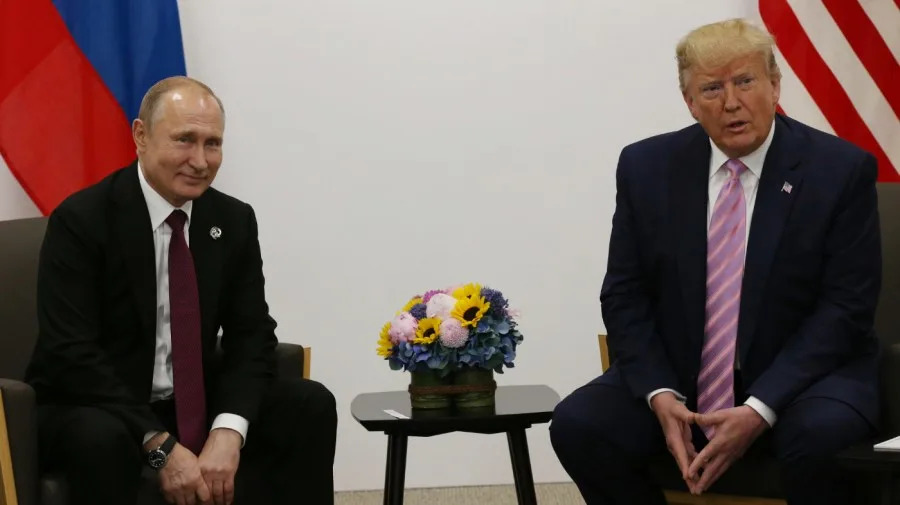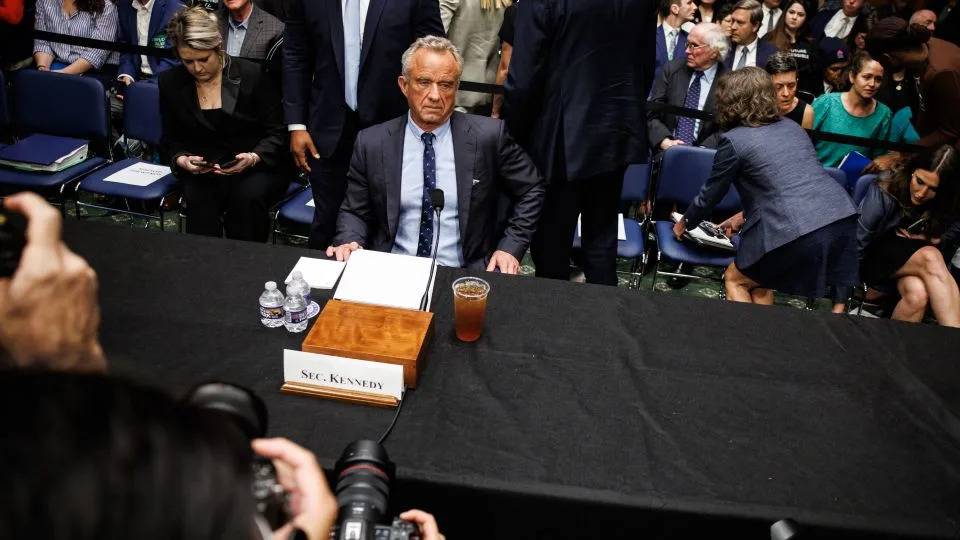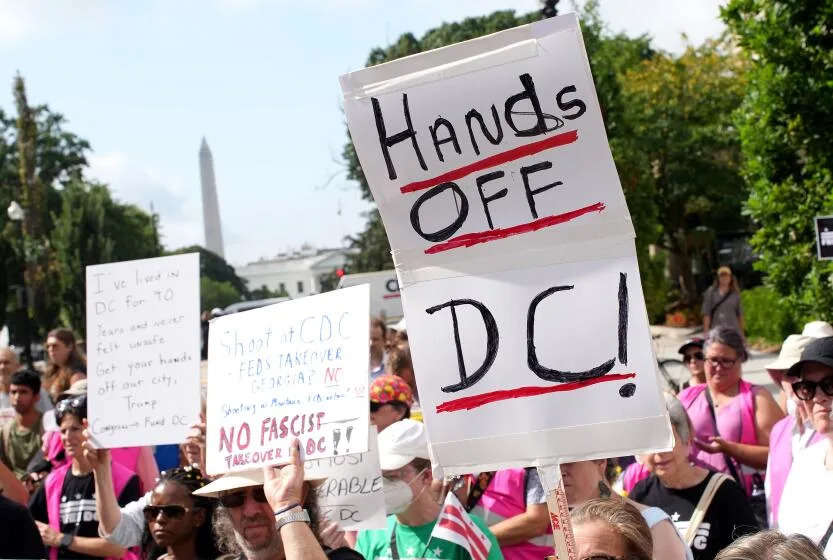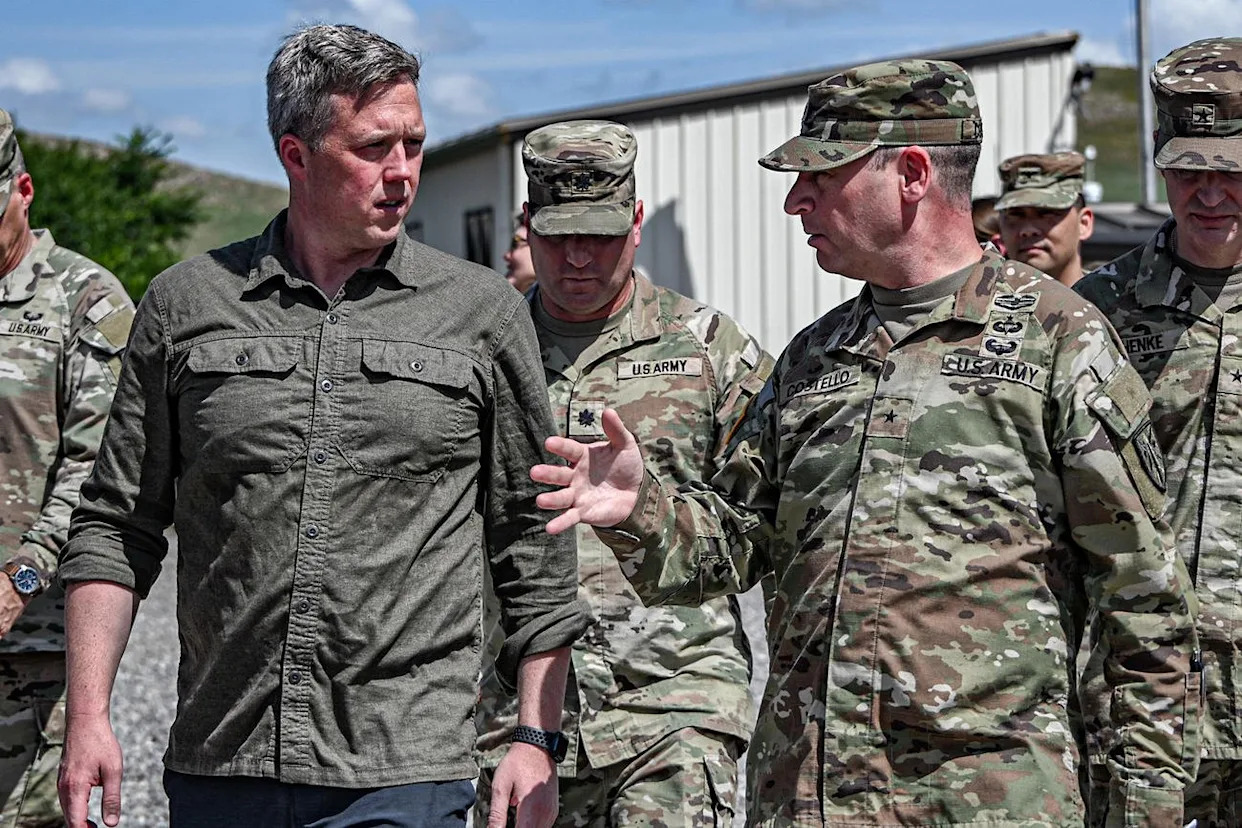
President Trump is planning to meet Russian President Vladimir Putin potentially this week in the Alaska. The topic is the war in Ukraine and Trump’s intention to end the killing there.
Obviously, despite what Trump promised during the election, 24 hours was not enough time to reach an agreement.
Trump sending his ubiquitous envoy Steve Witkoff to Moscow last week suggests this was the president’s initiative and not Putin’s. Perhaps Trump did not want his 10-day demand to Putin to end the war to expire without some measure of success.
In any event, one can only speculate why Putin accepted the meeting — and it does not appear Ukrainian President Volodymyr Zelensky will be part of that meeting, although Trump would be obliged to see him separately.
Why Putin agreed has several possible explanations. He may need to end the sanctions for economic reasons. His offensive may have gained his objectives in Ukraine. Or Putin may conclude that as the 2014-2015 Minsk Agreements failed to provide security for Ukraine, a cease-fire will allow him to use what Lenin called “other means” to gain control of his neighbor.
So far, the administration has not claimed that Trump’s submarine deployments to “appropriate places” was a deciding factor in convincing or coercing Putin to meet.
U.S. submarines have been operating in proximity to the former Soviet Union and now Russia since the Cold War began. On a few occasions, operations were inside Soviet territorial waters.
Trump did threaten North Korea’s Kim Jong Un with “fire and fury,” claiming his button — meaning the nuclear trigger — was bigger than Kim’s. After this clash of rhetoric, both met twice. But nothing occurred other than Trump’s claim that he “fell in love” with the “Little Rocket Man.”
Did U.S. submarines have the same effect on Putin?
At Trump’s disposal as commander in chief is the U.S. Navy’s fleet of 68 nuclear submarines. Fourteen are Ohio class armed with 7,500 mile range Trident ballistic missiles. Four are able to carry up to 154 Tomahawk cruise missiles with a 1,000 mile range. Fifty are attack boats carrying torpedoes and cruise missiles.
How two submarines could get Putin’s attention is not clear. Russia has complained mightily when Tomahawk-armed U.S. warships sailed within 1,000 miles of Putin’s physical location. But there is no obvious advantage in using Ohio class submarines as a signal, given the range of its Trident missiles.
Missile and attack submarines could deploy in proximity to major Russian naval bases in the Kola peninsula in the Arctic or Petropavlovsk in the Pacific. But presumably, U.S. submarines are already there.
The Baltic is too confined and shallow for nuclear submarine operations. The Mediterranean Sea is more suitable but gives no strategic advantage. The Black Sea is closed to all submarines not belonging to the littoral states; and the transit of surface warships is restricted by the Montreux Convention.
So did the submarines make a difference? Who knows?
Sanctions have not seemed to affect Putin’s behavior. Russia has deftly shifted selling about half its oil exports to China and India. Trump has imposed sanctions on India but not China yet. Putin knows that Trump-imposed secondary sanctions on China is a double-edged sword.
China has not been impressed by Trump’s “liberation day” threat of tariffs and secondary sanctions. Why? The reason is due to which nation is more dependent on the other — China on the U.S. or the U.S. on China.
China has withheld certain rare earth elements from the U.S. on which U.S. companies depend. China has additional assets to leverage. And why would China not seek to poach U.S. exports to other markets?
India has less clout than China. A tariff war will drive India closer to China and away from the Quad, which comprises the U.S., Japan, Australia and India. None of this will be in American interests.
And there is a worse case. Suppose China and India do cut off energy imports from Russia. Where will they turn? The U.S. cannot make up the difference yet. Increases in demand could drive the price of oil through the proverbial roof, causing a recession or worse.
Does Trump understand these realities? Or does he not care?
So what leverage does Trump have over Putin, and Putin over Trump? Putin knows Trump wants to end the war. Is Putin seeking a 2025 version of the infamous 1938 Munich Agreement in which United Kingdom Prime Minister Neville Chamberlain sought “peace for our time” or a real solution?
Knowing Putin, you have the answer.
Harlan Ullman, Ph.D., is UPI’s Arnaud deBorchgrave Distinguished Columnist, a senior advisor at the Atlantic Council, the chairman of two private companies and the principal author of the doctrine of shock and awe. He and former United Kingdom Defense Chief David Richards are the authors of a forthcoming book on preventing strategic catastrophe.
Copyright 2025 Nexstar Media, Inc. All rights reserved. This material may not be published, broadcast, rewritten, or redistributed.
For the latest news, weather, sports, and streaming video, head to The Hill.






Comments